Ever feel like you’re drowning in stuff you don’t need? Or that shopping doesn’t bring the same thrill it used to? I was there. I used to believe the lie we’re told daily: “Happiness is just one more purchase away.” When I started questioning that belief, I ended up discovering minimalism – a lifestyle that’s been both liberating and enlightening. And it isn’t just about having less; it’s about questioning why we’re led to believe we need more.
In this post, I’ll walk you through the questions people ask when they’re starting their minimalist journey. We’ll uncover the conspiracies behind our “buy, buy, buy” culture and reveal why a change might just be the ticket to a happier, freer life.
1. Why Should I Consider a Minimalist Lifestyle?
Let’s start with the basics. Minimalism isn’t about denying yourself; it’s about freedom. When you’re not weighed down by a million possessions, you free up time, mental energy, and – believe it or not – happiness. Studies show that cluttered environments are directly linked to higher levels of stress and anxiety. Ever notice how refreshing it feels to walk into a clean, organized room? Now imagine your whole life feeling that way.
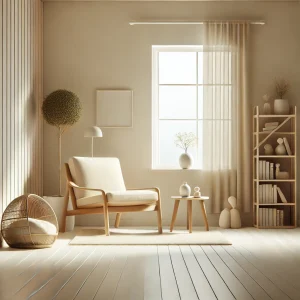
But here’s the deal: society doesn’t want us to be minimalists. Why? Because minimalism is bad for business. The less you buy, the less they make. The retail world thrives on keeping you in a loop of feeling inadequate and needing “the next big (sometimes coming in small packages) thing.” By embracing minimalism, you’re essentially opting out of that hamster wheel.
Conspiracy: The Happiness Myth
Advertising has conditioned us to believe that material possessions bring happiness, when studies prove that experiences, rather than objects, actually lead to lasting joy. Minimalism frees us from this cycle by helping us see through the “happiness myth.”

2. What Are the First Steps I Should Take to Start Living Minimally?
Getting started doesn’t require a total overhaul. Start with The Big Three: your closet, your kitchen, and your calendar. Start small, decluttering one drawer, then one room. Minimalism is a journey, not a sprint. Marie Kondo’s famous “Does it spark joy?” method is helpful. Keep what you love, and let go of what doesn’t serve you.
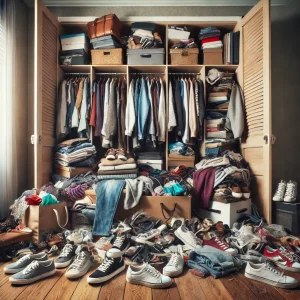
For some, letting go of possessions is easier said than done. That’s because companies have convinced us our stuff defines us. This is rooted in a conspiracy known as “planned obsolescence,” where products are designed to wear out quickly, so we’re forced to buy again. Ever wondered why your smartphone dies after two years? That’s not a coincidence; it’s strategic.
Conspiracy: Planned Obsolescence
In 1932, Bernard London suggested planned obsolescence as a solution to the Great Depression. The concept? Make products with shorter lifespans to keep consumers returning. Today, it’s the foundation of many industries. As a minimalist, you’re stepping away from this wasteful system.
3. How Can Minimalism Improve My Finances?
When you stop buying things you don’t need, guess what happens? You save tons of money. And it’s not just about resisting purchases but recognizing the manipulative psychology of advertising. We’re constantly sold the idea that “treating yourself” equals spending money.

One common tactic? Artificially inflated discounts. Studies show that 40% of “sales” aren’t really sales – they’re prices inflated and then “slashed” to make you feel like you’re getting a deal. Minimalism teaches you to step back, take a breath, and recognize what truly adds value to your life.
Conspiracy: The Artificial Discount Scheme
The retail industry leverages psychological tricks to make you believe you’re scoring deals, leading to impulse buys. Minimalism empowers you to see through these ploys, putting your finances back in your control.
4. How Do I Introduce Minimalism to My Family, Especially Kids?
Teaching kids about minimalism in a world overflowing with ads can seem impossible. But it’s doable – even fun! Try a “one-in, one-out” rule: if they want a new toy, they need to let go of an old one. Explain that happiness doesn’t come from things but from shared experiences.
Here’s where the conspiracy hits: advertisers target kids because they know children influence parents’ purchases. Studies reveal that kids see up to 40,000 ads per year. Companies know that kids want what they see on TV or YouTube. Teaching kids minimalism is like giving them a superpower – the power to resist that influence.
Conspiracy: The Power of Pester
The “nag factor” is an actual marketing strategy! Marketers use it to get kids to pester their parents for specific products. By helping kids understand minimalism, we can empower them to resist this tactic.
5. Can Decluttering Really Improve My Emotional Health?
Absolutely. Studies show that a cluttered home can lead to a cluttered mind. When our environment is chaotic, it creates mental chaos. But minimalism’s impact on emotional health goes deeper.
Consider this: many of us use shopping as a coping mechanism. Known as “retail therapy,” it’s a temporary mood booster. But in the long run, it adds to our mental clutter. Embracing minimalism helps break this cycle, promoting healthier ways of handling stress. Instead of hitting the store, we focus on enriching experiences.
Conspiracy: The Retail Therapy Trap
Retailers capitalize on our emotional lows by selling the illusion that “stuff” will lift us up. The truth? Studies show that material items only offer a fleeting high, while decluttering brings genuine peace and satisfaction.
6. How Does Minimalism Impact the Environment?
Let’s face it – we’re in an age of massive environmental waste. Minimalism isn’t just good for your mental health; it’s good for the planet. Every time you choose to buy less, you’re making a conscious decision to reduce demand for production, which, in turn, reduces resource depletion and pollution.
But the conspiracy here? Fast fashion. Many companies produce low-quality, trendy items that fall apart after a season. This keeps you coming back, filling landfills with clothes that never decompose. By opting for quality over quantity, we’re taking a stand against the waste these industries create.
Conspiracy: Fast Fashion’s Dirty Secret
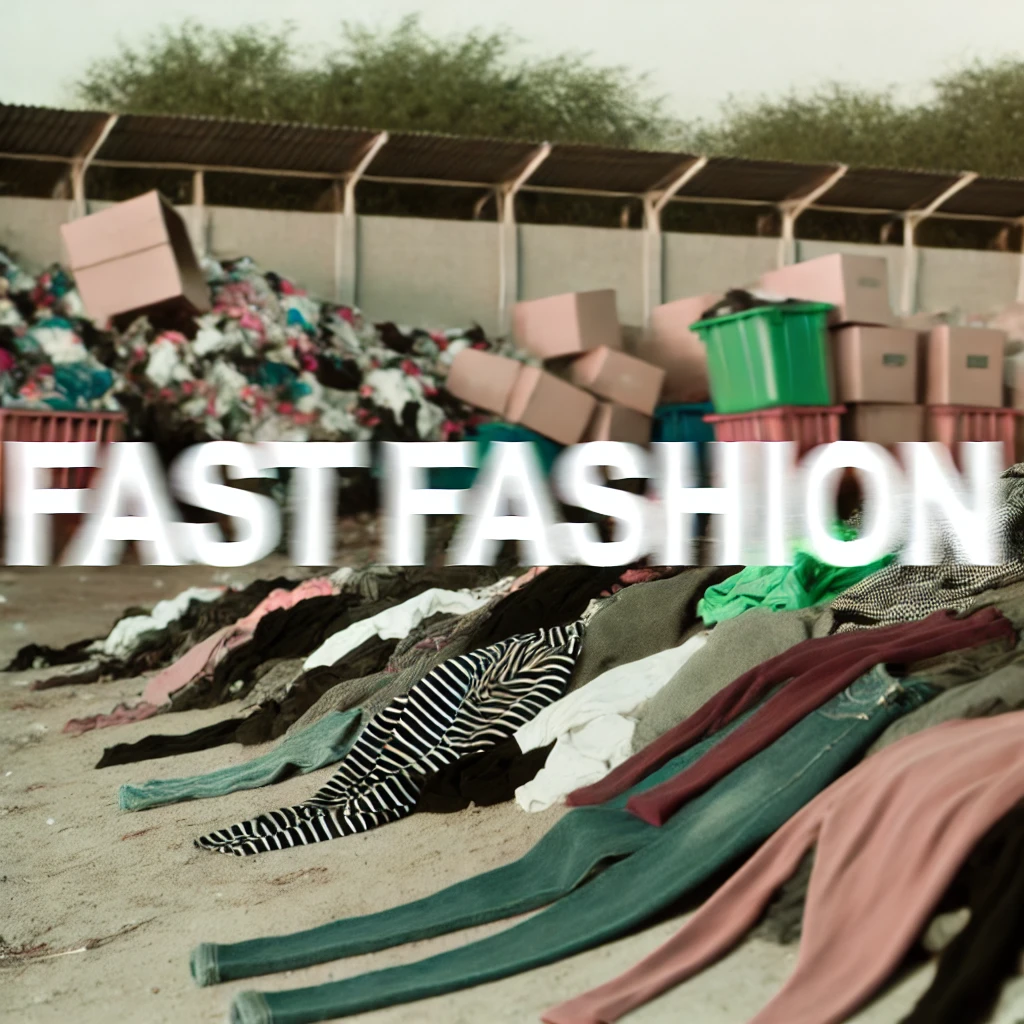
Fast fashion relies on low-cost labor and rapid production, leading to massive environmental harm. Minimalism shines a light on this industry, pushing us to choose sustainable options over cheap, disposable clothing.
7. Can Minimalism Help Me Manage My Time Better?
Absolutely. Minimalism helps you prioritize what really matters. When you’re not overwhelmed by possessions and commitments, you’re better able to focus on meaningful activities.
The conspiracy here? The “busyness culture.” We’re conditioned to believe that being busy equates to being valuable. Corporations know this and exploit it, pushing products to “help” us keep up with busy schedules – planners, apps, self-care subscriptions. Minimalism encourages a break from this cycle, helping you reclaim your time.
Conspiracy: The Busyness Epidemic
Big companies sell “productivity” tools to keep us busy, but studies show true fulfillment comes from rest and connection, not busyness. Minimalism helps us prioritize what genuinely matters.
8. How Do I Shift My Mindset from Wanting More to Appreciating What I Have?
Here’s a hard truth: we’re wired to want more. Consumer culture plays on this by making us believe our self-worth is tied to our possessions. To combat this, practice gratitude. Make a habit of appreciating what you have rather than what you lack.
This shift in mindset is one of the most freeing aspects of minimalism, as it exposes the “scarcity mindset” conspiracy. Brands profit from our insecurities, making us feel like we need the latest and greatest to stay relevant. When we break free from that mindset, we find contentment without spending.
Conspiracy: Scarcity Marketing
Companies use “limited time only” messaging to tap into our fear of missing out. By embracing minimalism, we train ourselves to recognize these tactics and shift toward a mindset of abundance.
9. How Can a Minimalist Approach Improve My Relationships?
Less “stuff” often means more time and energy for people. Minimalism helps cut out distractions, allowing us to nurture deeper, more meaningful connections with loved ones. Without the clutter of consumerism, we’re more present, more engaged.
The conspiracy here? Social media. Platforms are designed to keep us connected to our screens rather than each other, feeding into isolation and comparison. Minimalism encourages real-world connections, away from the online noise.
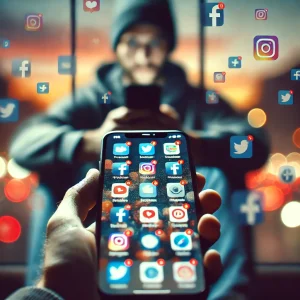
Conspiracy: Social Media’s Isolation Tactics
Social media keeps us connected to screens, not each other, fueling isolation. By minimizing our screen time, we reclaim our ability to form real-life connections.
10. What Are Common Challenges People Face When Starting Minimalism?
Minimalism isn’t always easy, especially with a world that tells us to buy more. The biggest challenge? Letting go of the idea that stuff equals happiness. It’s about overcoming the belief that our possessions define us.
The conspiracy to note here? Over-consumption. Have you ever heard of Edward Bernays, the “father of public relations”? He pioneered techniques that made consumerism a psychological need rather than a choice. Minimalism challenges that system by promoting a life defined by quality, not quantity.
Two More Conspiracies Around Overconsumption Today
- The Convenience Trap
Companies sell convenience as a way of life. Fast food, ready-to-eat meals, quick delivery – all are designed to make us buy more without thinking. Studies reveal that convenience leads to impulsive purchases, yet these are often items we don’t actually need. - Subscription Addiction
Think about the number of subscriptions we hold – Netflix, meal kits, streaming services. They’re designed to be “small” monthly fees that we barely notice. But add them up, and they drain our bank accounts and encourage constant consumption. It’s a genius way of making us pay for things we barely use but feel compelled to keep.
Will You Clean Out Your Closet?
Minimalism isn’t about empty spaces or living with just one chair and a lamp; it’s about reclaiming your life. From saving money and nurturing better relationships to taking back control of your mind, it’s a lifestyle that challenges the consumerist culture we’re steeped in.
Breaking free from the cycle of over-consumption is a journey. But once you start questioning the system, you’ll find freedom in living with less – and a whole lot of clarity.
Let’s reclaim what is rightfully our’s in this digital noise we live in. Join us in this exploration of how deep the rabbit hole actually goes.
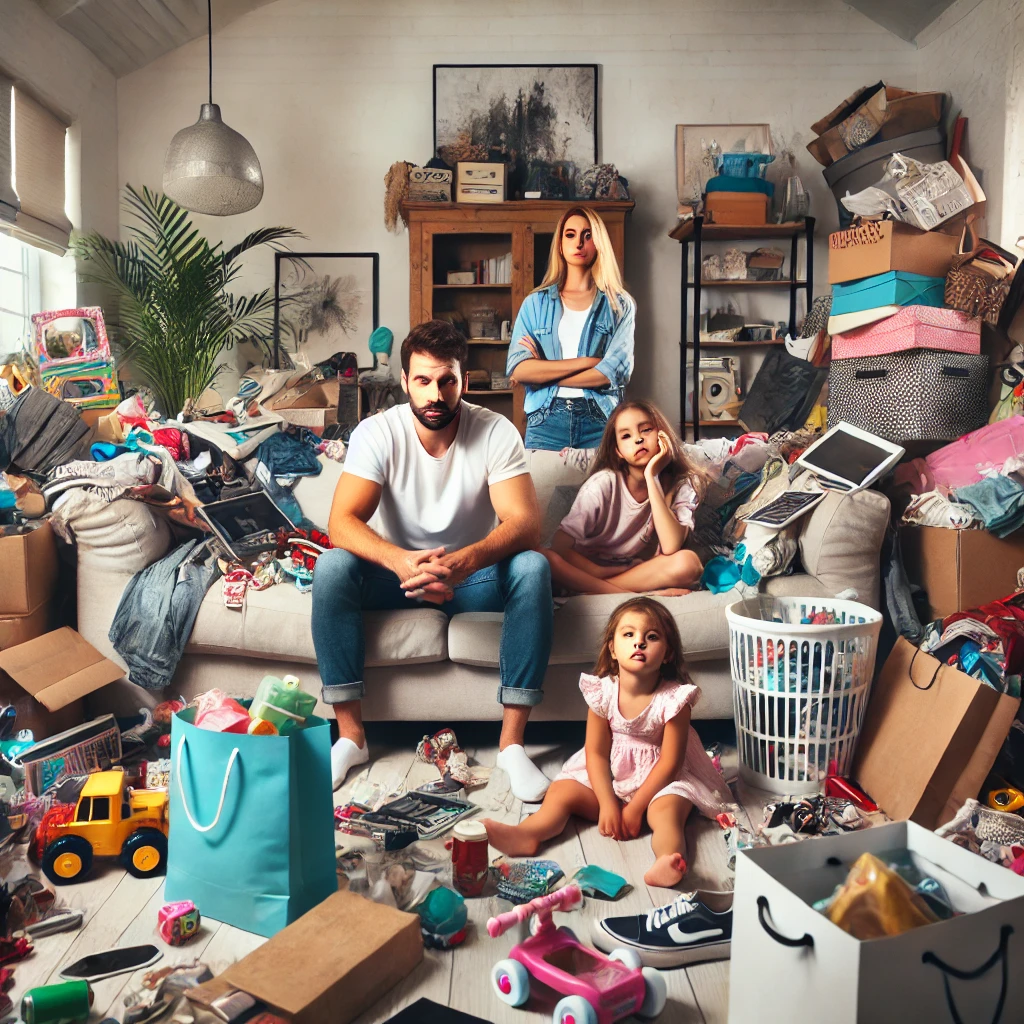
No responses yet